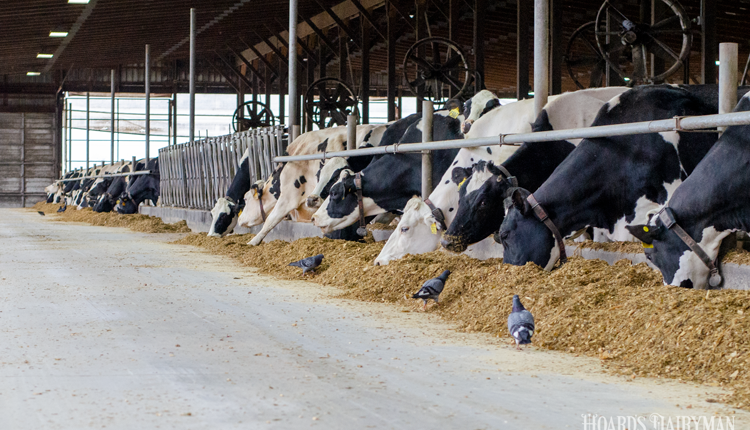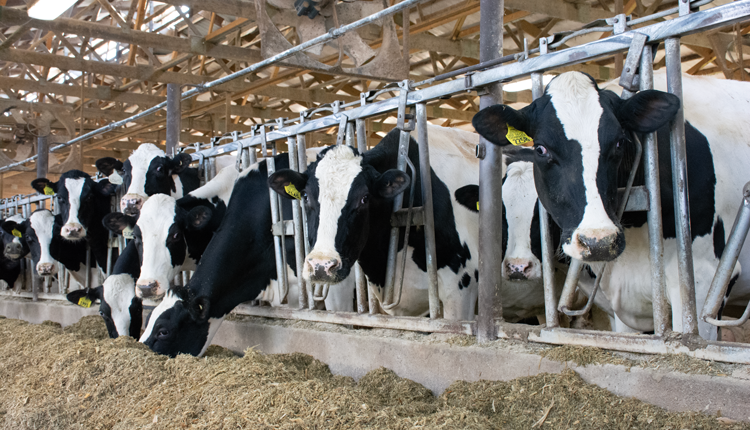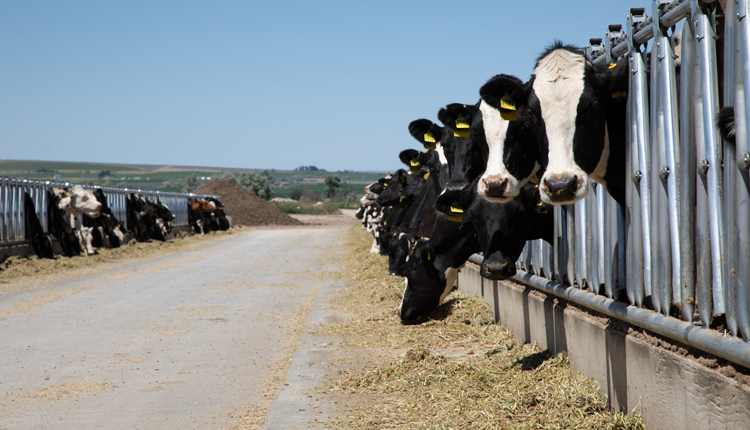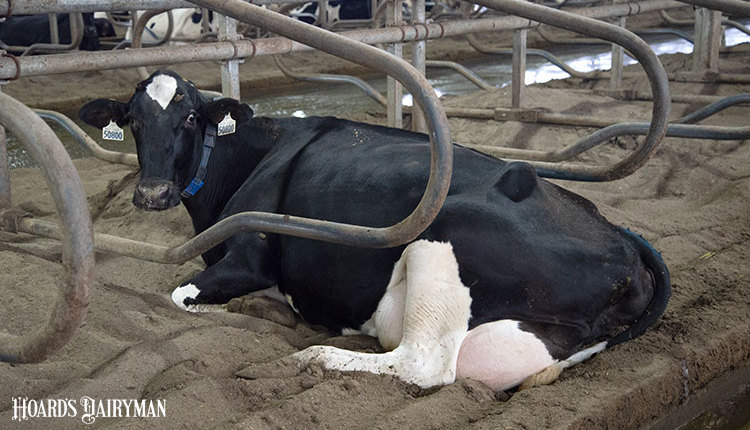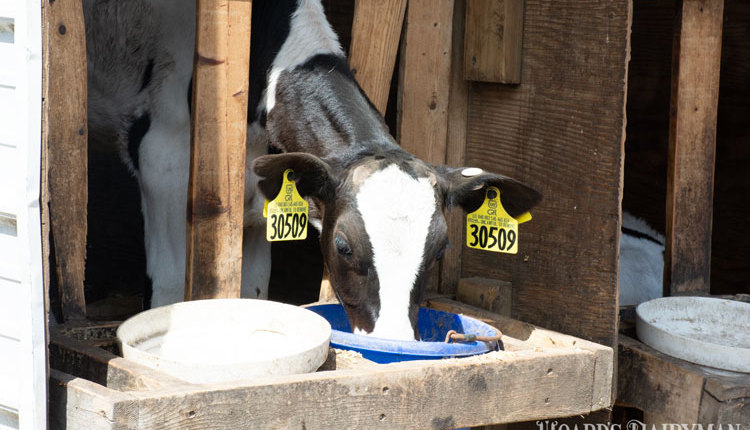
For those processors and cooperatives requiring milk dumping due to canceled dairy product sales, land application is likely the only or best option for removal of excess milk. For that reason, University of Wisconsin and Wisconsin Department of Natural Resources specialists presented a webinar addressing concerns and opportunities for utilizing milk as fertilizer on fields.
Water quality was University of Wisconsin-Madison soil scientist Carrie Laboski’s number one concern related to land application of excess milk. That’s because milk has six times more available nitrogen, nine times more available phosphoric acid, and five times more available biochemical oxygen demand (BOD) than liquid dairy manure.
While farmers are familiar with the impact of nitrogen and phosphorus in water supplies, Laboski spoke to the importance of understanding the effects of high BOD. That is the amount of oxygen required by microbes to break down organic materials. When BOD is high, it uses up the oxygen levels in water. This is of special concern if runoff reaches bodies of water where fish and aquatic habitats can be killed.

“Bacteria can consume all the oxygen in 12,600 gallons of water when only 1 pint of milk is added,” the specialist explained.
Further, concern surrounds application of nutrients above and beyond the needs of crops. “Nutrients from all sources (milk and fertilizer) should not exceed crop nutrient needs. I can’t emphasize that enough,” stated Laboski. She shared the table, explaining that in many of the nutrient categories, milk provided higher and more available levels of common nutrients utilized by plants.
“In milk, 100% of nutrients are plant available,” she emphasized. “In manure, that’s not true.” In fact, the nitrogen (N), phosphate (P2O5), and potassium (K2O) fertilizer value of milk is $32.60 per 1,000 gallons.
Follow these guidelines
In order to get the most benefit from land application of milk and prevent nutrients from reaching water sources, she offered these guidelines:
- Milk should not enter ground or surface water
- Follow all nutrient management plan setbacks
- Apply only to soils that are suitably dry
- Avoid applying when rain is predicted, eminent, or directly after rainfall
- Milk should not runoff the field or pond during application
- All other nutrients that have been or will be applied must be credited toward the total nutrient application rate
- Apply uniformly across the field
She further outlined the importance of selecting fields that are an adequate distance from wells or bodies of water. Further, the fields should not have sandy or loamy sand soils and, preferably, should not have had a manure or fertilizer application since last summer.
Also beware of fields with tile drainage. “If milk must be applied to tiled fields, till the soil 3 to 5 inches deep before application. Tile should not be running,” she said.
Her final caution was regarding heightened odor concerns due to milk application on land. She recommended reaching out to neighbors to inform them of what is taking place as field applied milk will cause significant odor. Flies will be another associated concern.
In manure storage
If milk is dumped into manure storage rather than immediately field applied, UW-Madison Extension Specialist Becky Larson recommended placing it into the portion of the storage system closest to land application.
“If you’re adding milk to manure storage, don’t go through the sand separator or any other system. If you choose to put the milk into one of these systems, be prepared for clogging and odor issues,” she said.
Further, if milk dumping continues into summer, she warned listeners that they should be cautious of the potential for greater hydrogen sulfide production in the manure system. Carefully follow your best practices for managing manure gases.
Milk can be sent through a manure digester. Larson recommended mixing it into manure at input and staying below the level of 19% milk. At higher levels, milk can hurt the microbial community and methane production.


